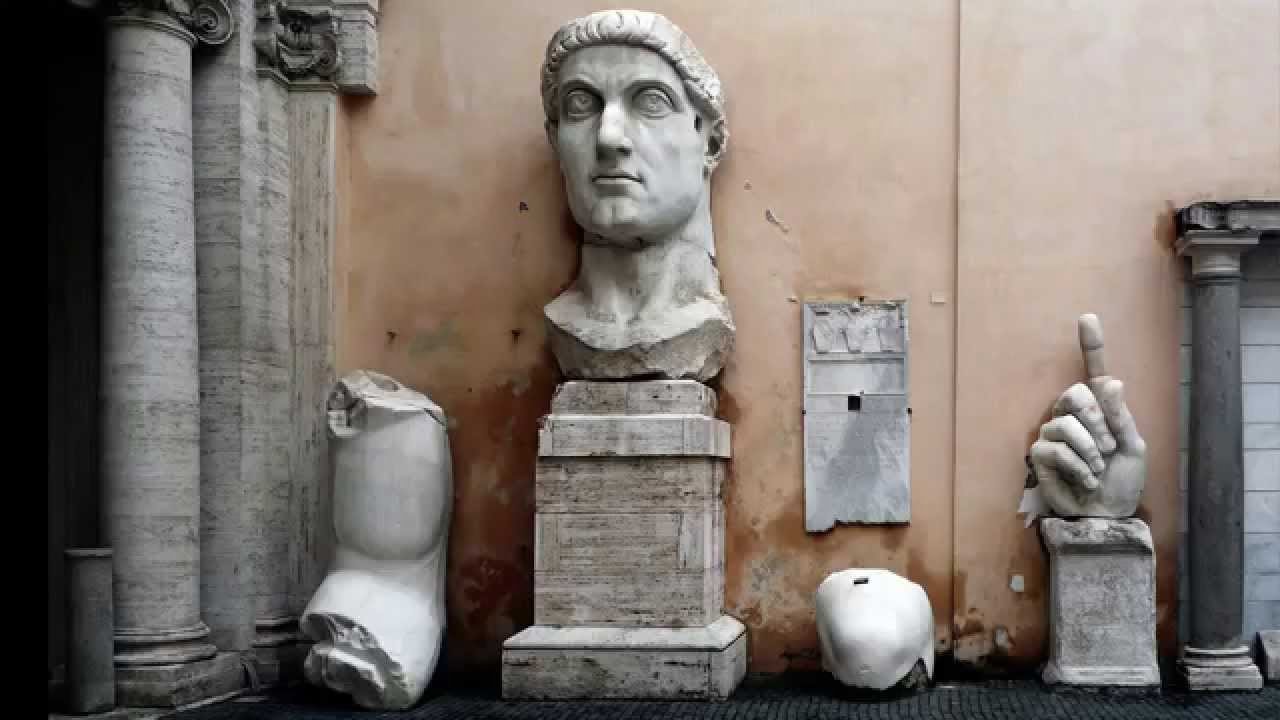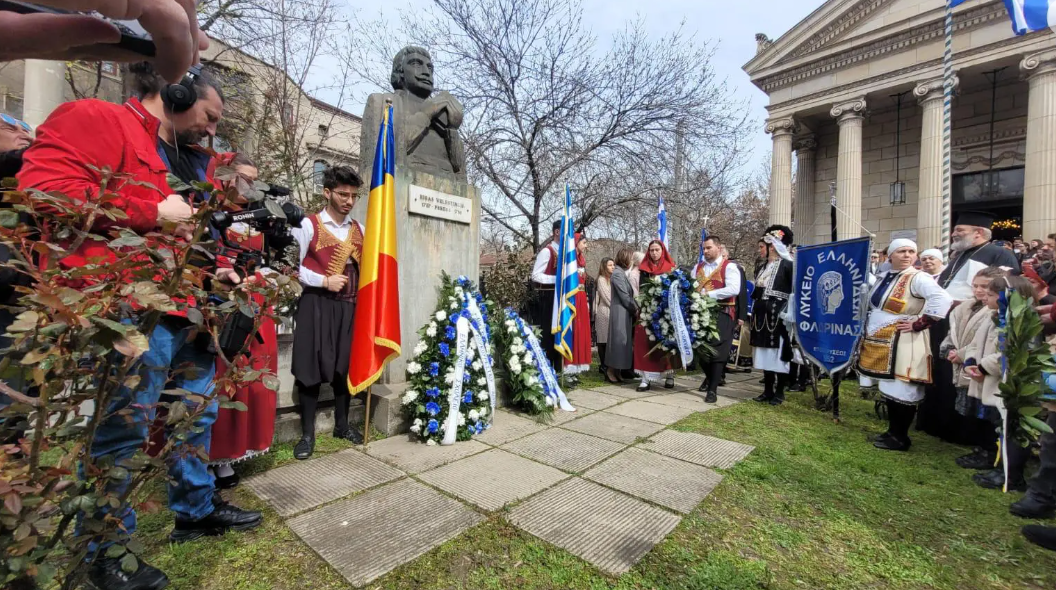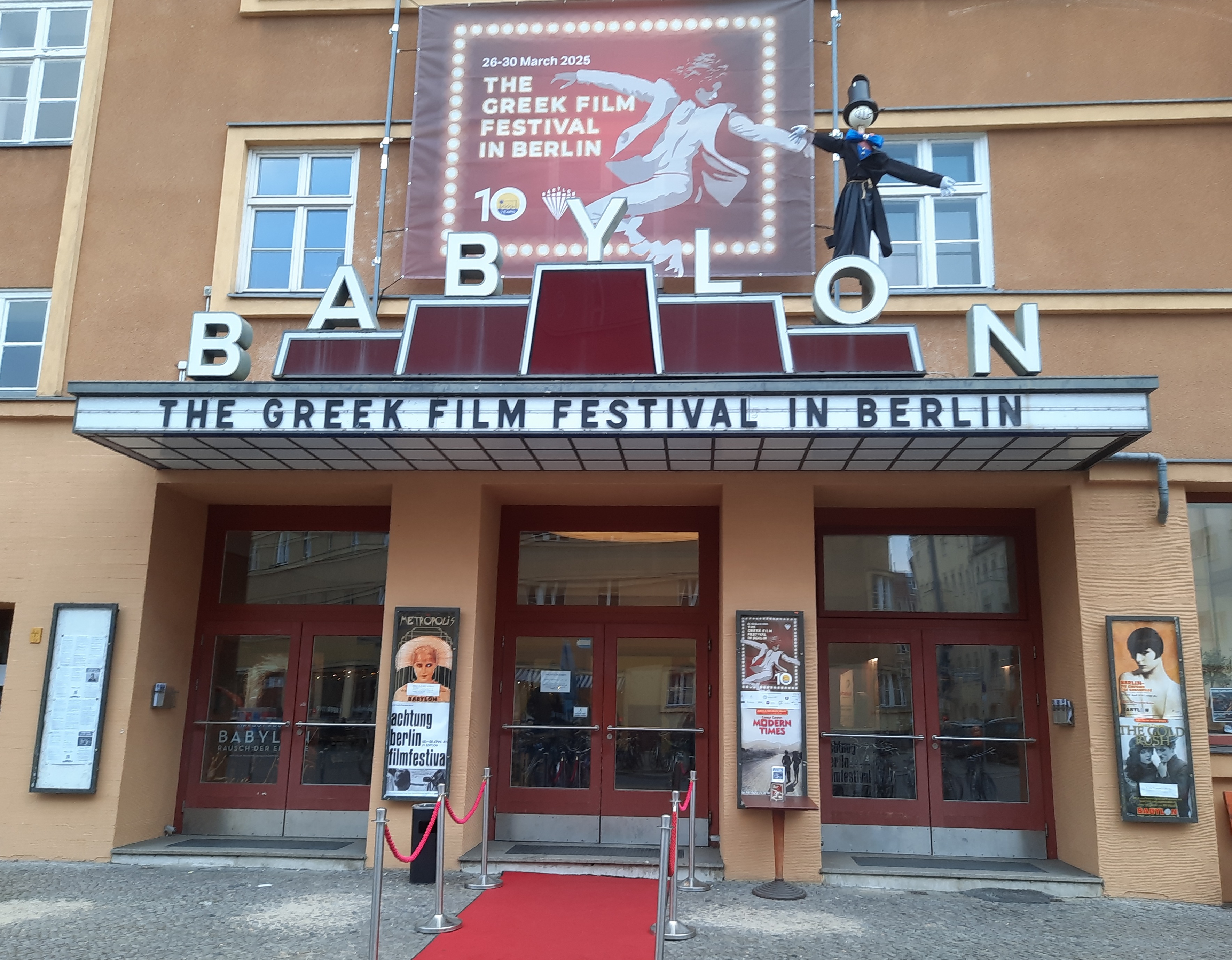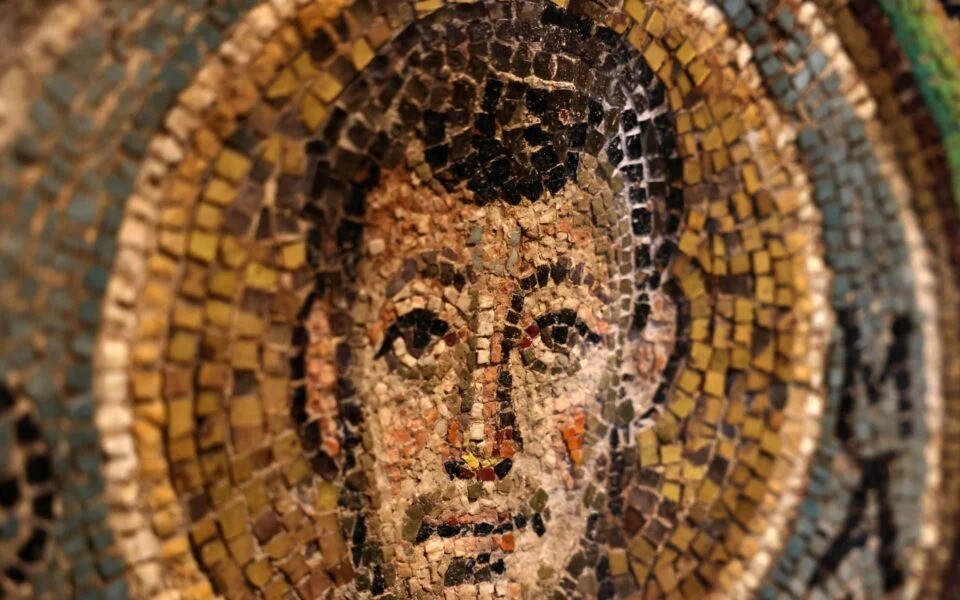Remnants of New Rome: A Byzantine Travelogue

Preamble
The city of Constantine, Constantinople, is the seat of the Ecumenical Patriarch of the Orthodox Church. Also called ‘New Rome,’ it was founded by St Constantine the Great in the fourth century AD, after his conversion to Christianity, and became the centre of the Roman Empire, also known as the Byzantine Empire, for over a thousand years. This empire was a cultural and religious matrix which inherited classical Graeco-Roman art, literature and philosophy within the framework of the revelation of the Trinitarian God through Jesus Christ as recorded in the Old and New Testament Scriptures. It was the bastion of civilisation at a time when Western Europe was ravaged by barbaric tribes. It was also the crucible within which, through the rapports and tensions between Church and state, what we know as the theology, the doctrines, the aesthetics, the art and architecture, the rituals and rites of the Orthodox Church, were formulated and forged in a way that has become indispensable for Greeks, Slavs, and Arabs of Eastern Europe and abroad—for Orthodox Christians everywhere.
On May 29 1453 AD, after a long, sometimes tendentious, at other times productive history—reaching unequalled spiritual and cultural heights—the ‘city of Constantine’ was conquered by the Ottomans, who subjugated the inhabitants to an inferiority status that saw many of their exquisite churches converted into mosques or destroyed entirely. The city’s name in Turkish, Konstantiniyye, was changed to Istanbul in 1923, but Greek-speaking Romioi, the descendants of the Orthodox Romans in the city, as well as Greeks in the Hellenic Republic and abroad, continue to call it by the name ‘Constantinople,’ and the Ecumenical Patriarch, the torchbearer of Romiosyne or ‘Romaness’ in the city, remains—as well as the first among equals in Orthodoxy—the Archbishop of New Rome.
I believe it is incumbent upon all Orthodox Christians, but especially upon those who fall under the jurisdiction of the Ecumenical Patriarchate, to assist in this process of torch-bearing. My own humble contribution to this will comprise weekly reflections upon those extant monuments and churches in Constantinople that belonged to the Byzantine epoch, to ‘New Rome.’ Some of these are now functioning mosques, others are museums, and still others retain their original purpose as Orthodox places of worship. It is hoped that, in making the reader familiar with some of these historically significant Byzantine shrines, they will be inspired to learn more about their provenance as the basis for Orthodox churches throughout the world, and to renew their commitment to holy Orthodoxy via meditation upon the precarious—yet ultimately glorious— position that the Church, which is the body of Christ, finds itself in in this world. To achieve this, I will present these short articles in the form of a Travelogue highlighting various churches and sites that I photographed in Constantinople in 2011. As a caveat, I cannot speak for the current state of these monuments; but I believe that there is no better place to begin than with the column of Constantine, which was the centrepiece of the emperor’s Forum in the city that he named after himself.

The Forum of Constantine
Constantine the Great surveyed the city of Byzantium, located on the promontory bestriding the Bosphorus in what is now modern day Turkey, during his wars with his rival emperor Licinius in the 320s AD. Determining that the site was ideally situated for the construction of his new capital—especially since it was surrounded by three bodies of water (the Golden Horn to the North and the Sea of Marmara to the South, with the Bosphorus to the East)—he threw up walls on its landward side and began construction in 325 AD. Philostorgius, a 5th century Byzantine historian, tells us that construction began where “the great porphyry column bearing his statue now stands” (Church History 2. 9a).[1] The column, which occupied the central point of Constantine’s main arterial road in the city—the mese odos—was constructed using cylindrical blocks, between seven and eleven in number. It is 34.8 metres above the ground, and originally was capped with a statue of the sun god, known as Sol by the Romans, who, having been conflated with the god Apollo, was popular at that time (and would have made the statue even taller). Constantine purportedly altered the face of the statue to look like himself; it wore a radiate crown and held a spear in its left hand and a globe in its hand. According to other sources, including the History of John Malalas and the Chronicon Paschale, the statue was used during the city’s foundation ceremony on May 11 330 AD and subsequently paraded through the streets every year during the city’s anniversary celebrations, at least until some time in the sixth century AD.
Many scholars have interpreted the explicit pagan associations of the statue as indicating Constantine’s lingering worship of the sun god. But this need not be the case for several reasons. The first is that Constantine also buried various Christian relics, including pieces of the crosses upon which the thieves on either side of Christ were crucified, loaves that had been multiplied by the Lord Jesus, and an alabaster jar of ointment used by Mary Magdalene to anoint the feet of Christ, at the base of the statue. Relics of the true cross that our Lord was crucified on were also said to be embedded in the orb held in the statue’s right hand. This conflation of Christian and pagan imagery might seem unsettling to some. However, that Constantine was not a syncretist—that is, someone who conflated Christianity with paganism—is clear from his many other building projects initiated after his conversion to Christianity in AD 312. For example, Constantine built many churches around the city of Rome, including matyria such as those dedicated to SS Paul, Agnes, Sebastian, Lawrence, and St Peter’s on the Vatican hill, among others. He also had relics transferred from Holy Land—where his mother St Helen had gone on pilgrimage—to Rome, including fragments of the true cross, soil from Jerusalem, and the steps of Pontius Pilate’s praetorium, the former placed in Santa Croce in Gerusalemme, and the latter—the steps—in the Scala Sancta adjoining the Sancta Sanctorum (now within St John Lateran). This is to mention nothing of his building projects within the Holy Land itself—undertaken with the help of St Helen—including the church of the Holy Sepulchre encompassing both Golgotha and the cave from which Christ rose from the dead, as well as the church of the Nativity in Bethlehem, to name a few.
While most of Constantine’s edifices in Rome and the Holy Land have been built over by subsequent rulers, nevertheless it is fair to say that he was responsible for the very first monumental Christian architecture, both in the aforementioned places and also in Constantinople, where we know he built at least four churches, including the original Hagia Eirene (Holy Wisdom) and Hagia Sophia that was completed by his son, Constantius II. How then, can we make sense of the conflicting symbolism in Constantine’s Forum in New Rome, which, to make the matter even more complex, included monumental crosses to indicate his commitment to Christ as God? For an answer, we need to look at city-building in antiquity.
Since the emergence of the first cities in history (in Mesopotamia and Egypt), rulers and kings built cities in such a way as to emulate the paradigmatic acts of their creator gods—most usually the sun god—reflective in their cosmogonic myths. This was so integral to city-building that it could not be avoided. We can probably infer that in order for his new capital to be considered a successor to, and as surpassing, the old Rome, Constantine was compelled to incorporate this sort of imagery for political reasons. That politics had a role to play in his use of this sort of imagery can also be discerned in his shifting the Palladion, an ancient statue of the goddess Athena associated with the destiny of Troy that was seen as the paradigm for Rome (see Virgil’s Aeneid) to the base of the same Forum in Constantinople; indicating that he used pagan imagery to generally display the political message that his city had surpassed the old Rome as the new capital of the empire, and hence the world. None of this contradicts Constantine’s commitment to Christianity. In fact, what we can discern in the built environment of New Rome at its founding is the beginnings of the desacralisation of pagan gods and motifs in such a way as to view these as part of the cultural inheritance—art for art’s sake—of a new Christian civilisation: a civilisation that, without rejecting the good in classical antiquity, was shifting more and more to the worship of the Trinitarian God revealed through Jesus Christ and the veneration of his saints.
The statue of Constantine in any case fell from the column in 1106 AD, and by the mid-11th century the emperor Manual Komnenos had replaced it with a monumental cross, which was removed by the Ottomans when the city was captured. The column is known in Turkish as Çemberlitaş, which means “burnt pillar,” because in 1779 a fire in the neighborhood surrounding the column left it with scorch marks. It was restored by the Ottoman Sultan Abdülhamid I, who added its present masonry base, in the late 1700s. The column has been a UNESCO World Heritage Site since 1985.
One is left to wonder as they gaze upon the base of the column, if the layers of masonry and the protective veil of time has preserved the relics that St Constantine the Great inserted there intact… The column remains, in any case, to this day a palpable connection to the first Christian emperor and the city he founded and named after himself; right where Yeniçeriler Caddesi (Street of the Janissaries) adjoins the Divan Yolu (the Road to the Divan), with the latter roughly following the course of Constantine’s mese odos.
Article written Dr. Mario Baghos.
Dr. Mario Baghos is Lecturer in Patristics and Church History at St Andrew’s Greek Orthodox Theological College, and Chief Publishing Officer of St Andrew’s Orthodox Press. His most recent book is entitled From the Ancient Near East to Christian Byzantium: Kings, Symbols, and Cities (Cambridge Scholars Publishing, 2021).




